Transform Your Business with GPU as a Service
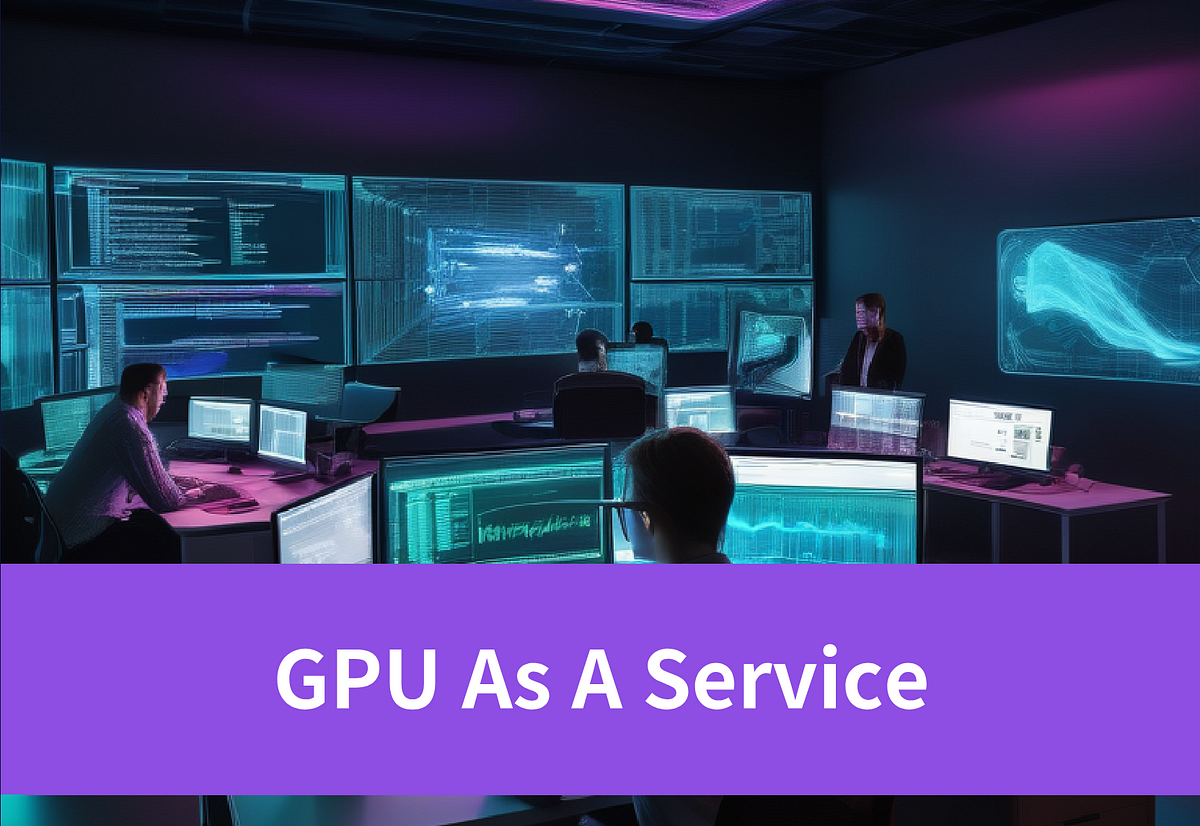
Key Highlights
- GPU as a Service (GPUaaS or GaaS) enables businesses access high-performance computing resources without the need for expensive hardware or complex infrastructure management.
- GaaS leverages the power of graphics processing units (GPUs) to accelerate learning, deep learning, and other data-intensive applications.
- GaaS provides cost efficiency by eliminating the need for upfront investments in hardware and reducing overall expenses.
- The robust security measures implemented by cloud providers ensure the protection of sensitive data.
- Novita AI GPU Pods offers a pay-as-you-go GaaS for all developers and gemers. With it you can experience the GaaS better.
Introduction
GPU as a Service (GPUaaS or GaaS) is a cloud service that offers businesses a convenient way to access high-performance computing resources for machine learning, deep learning, and other data-intensive applications. By leveraging the power of graphics processing units (GPUs), GaaS enables users to harness advanced computational capabilities without the need for expensive hardware or complex infrastructure management.
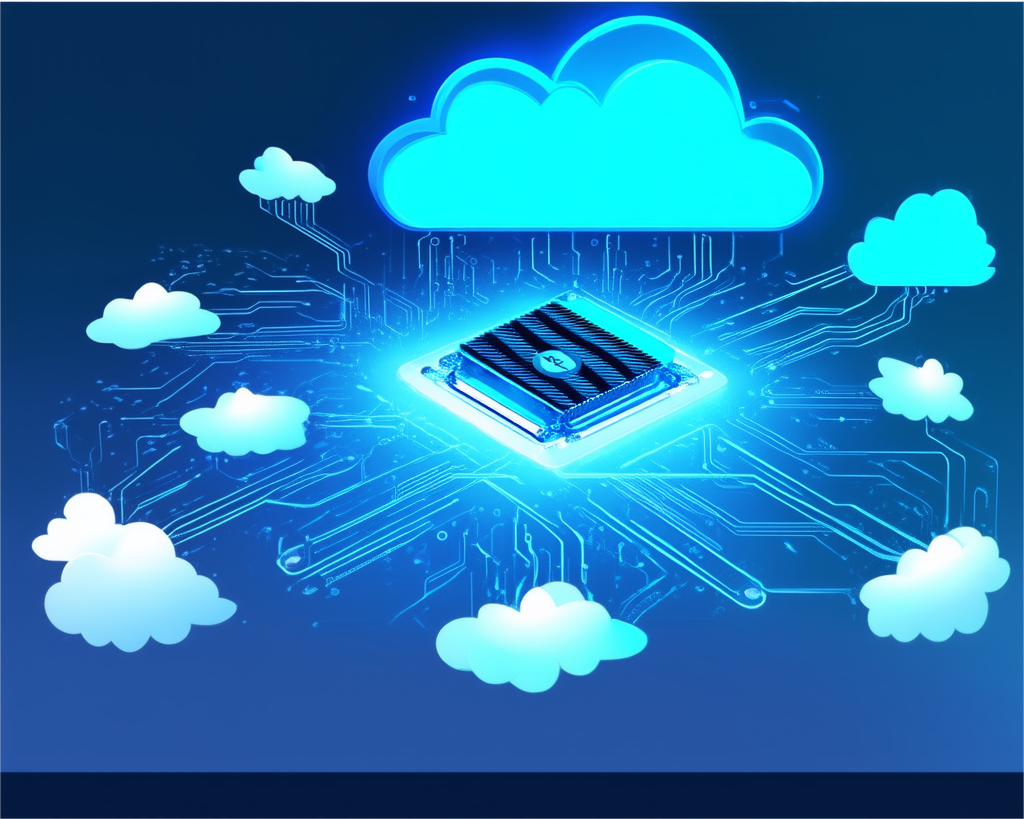
Understanding GPU as a Service
GPU as a Service (GPUaaS or GaaS) is a cloud-based solution that allows users to access high-performance GPUs for their computing needs. It offers a convenient alternative to investing in and managing expensive hardware.
In a GPU as a Service model, the cloud service provider provisions and manages the GPU resources, while users can utilize the GPUs to process and analyze their data. This eliminates the need for businesses to purchase and maintain their own GPUs, reducing costs and simplifying infrastructure management.
GPU as a Service is particularly valuable for data processing tasks that require parallel computing capabilities. GPUs excel at handling complex calculations and processing large datasets, making them ideal for machine learning, deep learning, and other data-intensive applications. By leveraging GPU as a Service, businesses can accelerate their data processing and gain insights from their data more quickly and efficiently.
Key Advantages of GPU as a Service
GPU as a Service (GaaS) offers several key advantages for businesses looking to accelerate their compute-intensive workloads:
- Scalability: GaaS allows businesses to easily scale their GPU resources up or down based on their specific needs, without the need for additional hardware procurement or infrastructure adjustments.
- Power of Graphics Processing Units (GPUs): GaaS leverages the parallel computing capabilities of GPUs to accelerate data processing and analysis, enabling faster and more efficient computations.
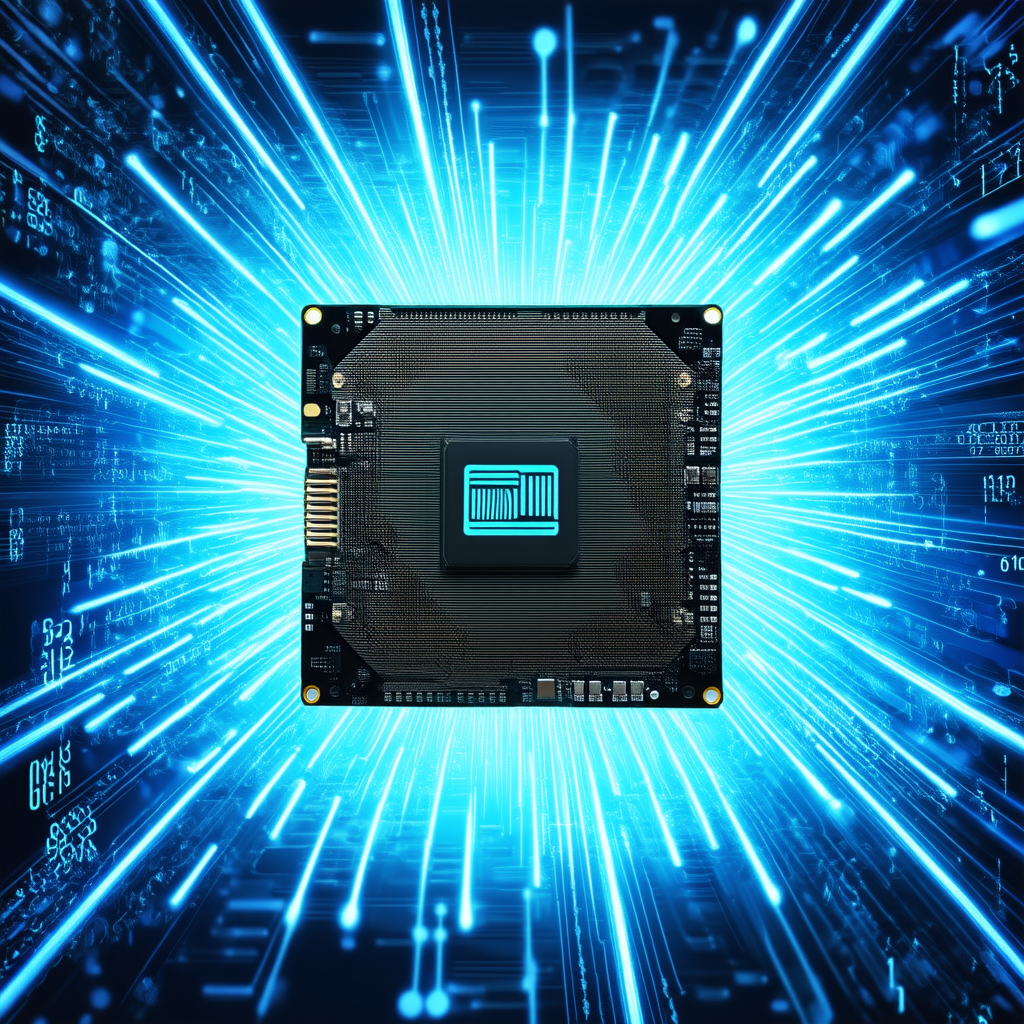
- Robust Security Measures: Cloud providers typically implement robust security measures to ensure the protection of sensitive data. With GaaS, businesses can leverage these security measures to safeguard their data and comply with industry-specific regulations.
How GPU as a Service Revolutionizes Industries
GPU as a Service (GaaS) has revolutionized industries by enabling businesses to leverage the power of GPUs for a wide range of applications.
Artificial Intelligence
In the field of artificial intelligence (AI), GaaS enhances AI and machine learning workloads, enabling businesses to train complex models on large datasets more quickly and accurately.
Data Analytics
In data analytics, GaaS accelerates data processing tasks, allowing organizations to analyze vast amounts of data more efficiently and extract valuable insights.
GenAI
GaaS also empowers generative AI, enabling businesses to create realistic and immersive experiences in areas such as virtual reality, content creation, and gaming.
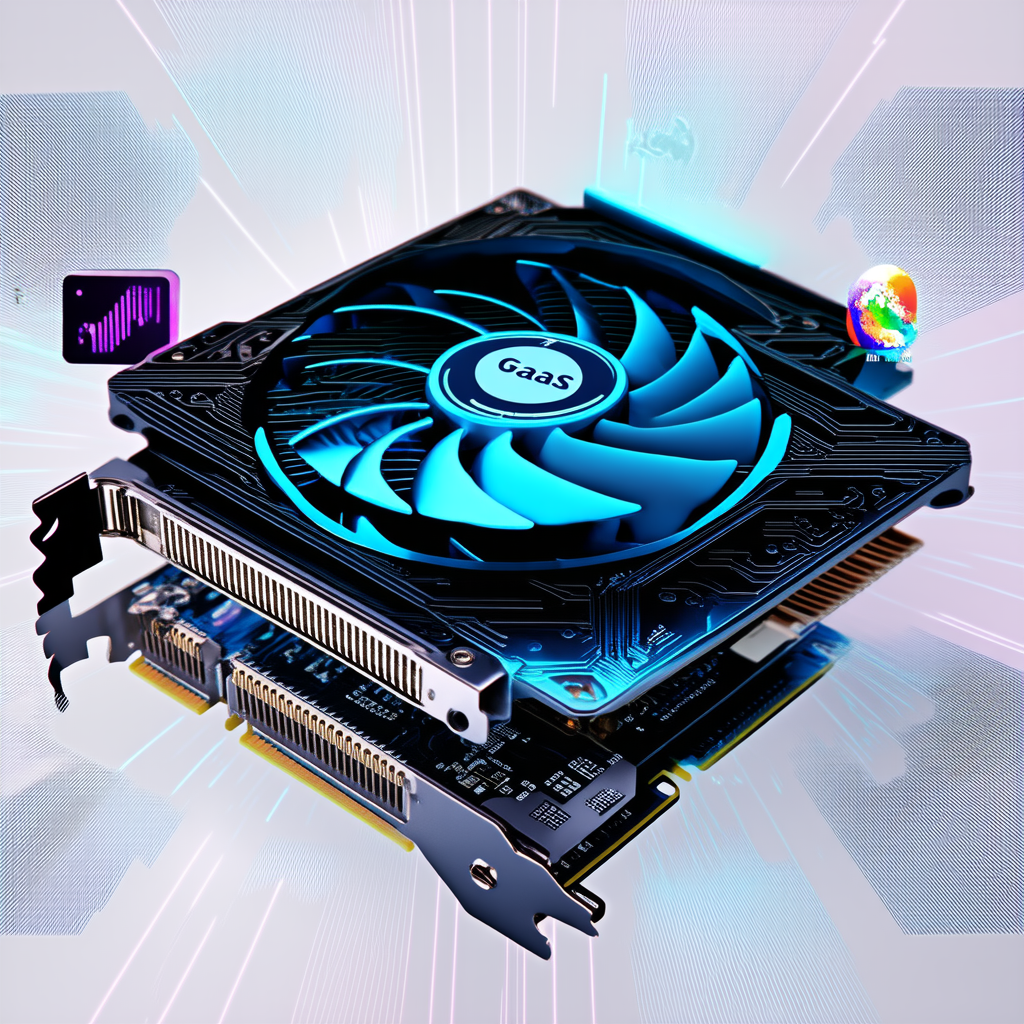
Enhancing AI and Machine Learning Workloads
GPU as a Service (GaaS) has significantly enhanced AI and machine learning workloads, enabling businesses to leverage the power of GPUs for faster and more accurate computations.
Deep Learning
In deep learning, GaaS accelerates the training of complex neural networks on large datasets. By leveraging the parallel computing capabilities of GPUs, businesses can iterate more quickly, improve model accuracy, and accelerate the deployment of AI solutions.
Machine Learning
Machine learning algorithms also benefit from GaaS, as GPUs can handle the computational demands of training and inference tasks more efficiently than traditional CPUs. This results in faster predictions and more accurate insights.
Accelerating Graphic-Intensive Applications
GPU as a Service (GaaS) has accelerated graphic-intensive applications, enabling businesses to deliver high-quality graphics and immersive experiences.
Virtual Reality (VR)
In virtual reality (VR), GaaS powers the rendering of realistic and immersive environments, creating a more immersive and engaging user experience. By leveraging powerful GPUs, businesses can deliver high-quality VR experiences without the need for expensive hardware investments.
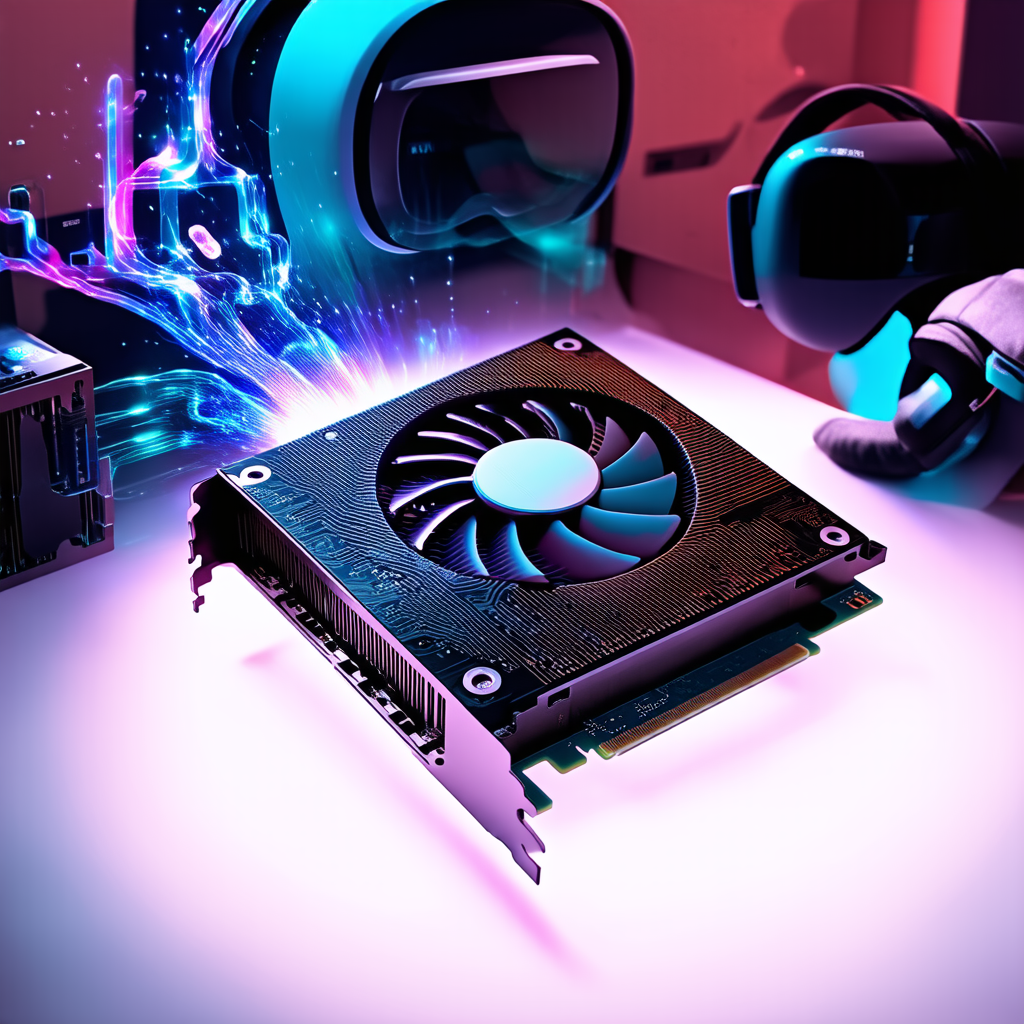
Content Creation
Content creation is another area where GaaS has made significant strides. Graphic designers, video editors, and other content creators can utilize GaaS to access powerful GPUs for real-time rendering and editing, enhancing their productivity and streamlining their workflow.
Transforming Data Analytics and Insights
GPU as a Service (GaaS) has transformed data analytics and insights by enabling businesses to leverage the power of GPUs for faster and more efficient data processing.
Data Science
In data science, GaaS accelerates the processing and analysis of large datasets, allowing organizations to gain valuable insights and make data-driven decisions more quickly.
Data Analytic
Data analytics tasks, such as sorting or filtering large volumes of data, can benefit from the parallel computing capabilities offered by GPUs. GaaS allows businesses to process vast amounts of data more efficiently, reducing the time required for data analysis and enabling faster insights.
Deployment Models for GPU as a Service
GPU as a Service (GaaS) can be deployed in various cloud deployment models, including public cloud, private cloud, and hybrid cloud.
Public Cloud
In a public cloud deployment model, businesses leverage GaaS from a third-party cloud service provider. Public cloud GaaS offers scalability, flexibility, and cost-efficiency, as businesses can pay for the GPU resources they use on a per-use basis. Public cloud GaaS also eliminates the need for businesses to invest in and maintain their own hardware.
Private Cloud
Private cloud GaaS, on the other hand, is deployed within an organization’s own infrastructure. This offers businesses greater control and customization options, as they can tailor the GaaS environment to their specific needs. Private cloud GaaS is often preferred by organizations with strict data privacy and security requirements.
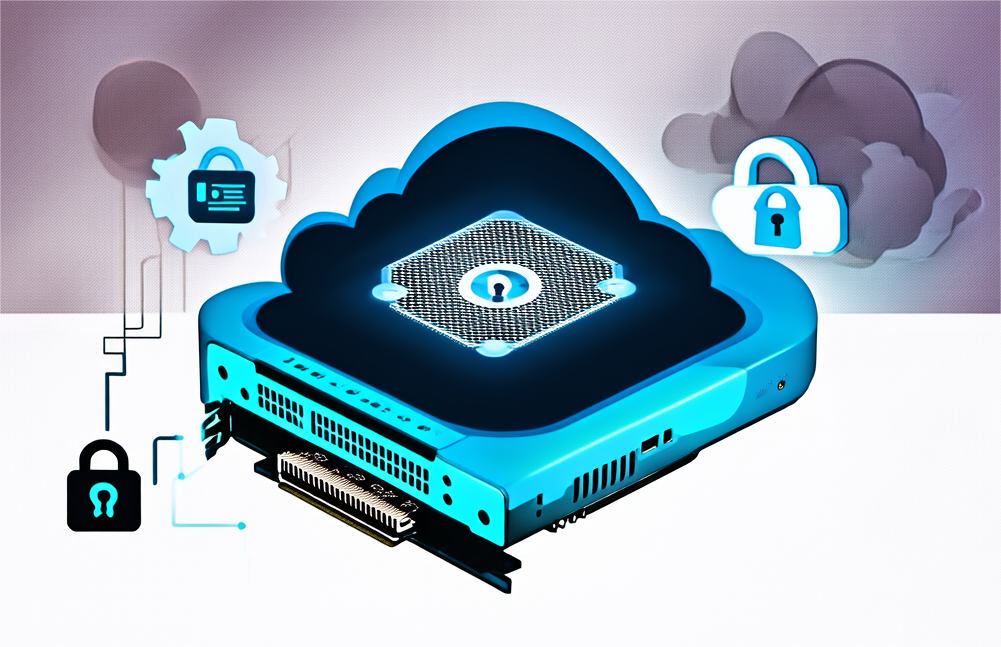
Hybrid Cloud
Hybrid cloud GaaS combines the benefits of both public and private cloud deployments. Businesses can leverage the scalability and cost-efficiency of public cloud GaaS for regular workloads, while keeping sensitive data and critical workloads within their private cloud GaaS environment.
Choosing the Right GPU as a Service Provider
Choosing the right GPU as a Service (GaaS) provider is essential for businesses looking to leverage the power of GPUs in the cloud.
When selecting a GaaS provider, businesses should consider factors such as the availability of direct access to GPU resources, pricing models, and the reputation and reliability of the provider.
Here is a good example of GaaS from Novita AI: Novita AI GPU Pods. Key features of Novita AI GPU Pods’ services include:
Cost-Effectiveness: By offering flexible billing options, such as pay-as-you-go, developers can significantly reduce cloud service costs, saving up to 50%.
Ease of Use: Users can access GPU cloud services directly through their browser with just a few clicks, simplifying the AI development process.
Instant Access: Pre-installed with popular machine learning frameworks like TensorFlow, PyTorch, and Jupyter notebooks, enabling instant access and quick deployment.
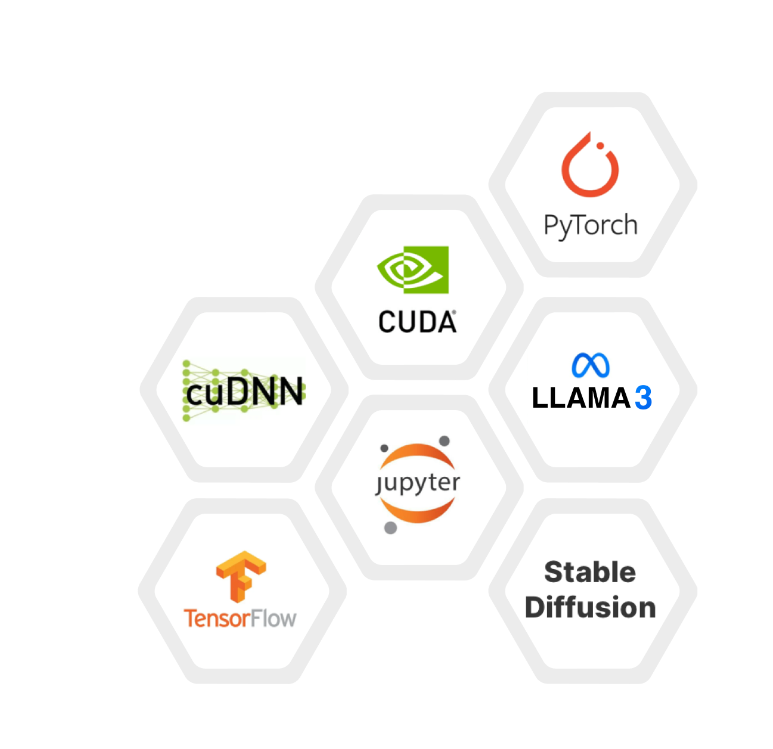
Free Storage Space: Offers 100GB of free, large-capacity storage with no transfer fees, facilitating the storage and processing of large amounts of data.
Global Deployment: Supports the deployment of GPUs worldwide to minimize latency and provide fast, local access.
Developer-Friendly API: Provides an easy-to-use API that helps developers manage and optimize their workflows with ease.
Conclusion
In conclusion, embracing GPU as a Service can revolutionize your business by enhancing AI capabilities, accelerating graphic-intensive tasks, and transforming data analytics. The versatility and efficiency of GPU as a Service can drive innovation and competitiveness in various industries. Understanding deployment models, selecting the right provider, and implementing it strategically are vital steps in maximizing its benefits. Overcoming challenges such as security concerns and ensuring compliance is crucial for a seamless transition. By staying informed about future trends, businesses can stay ahead of the curve in leveraging GPU as a Service for sustainable growth and success.
Frequently Asked Questions
What Makes GPU as a Service Different from Traditional GPU Usage?
GPU as a Service differs from traditional GPU usage by offering scalable and on-demand access to powerful graphics processing units without the need for upfront investments or maintenance. This cloud-based solution allows businesses to flexibly leverage GPU resources based on their specific requirements.
Novita AI, the one-stop platform for limitless creativity that gives you access to 100+ APIs. From image generation and language processing to audio enhancement and video manipulation, cheap pay-as-you-go, it frees you from GPU maintenance hassles while building your own products. Try it for free.
Recommended reading